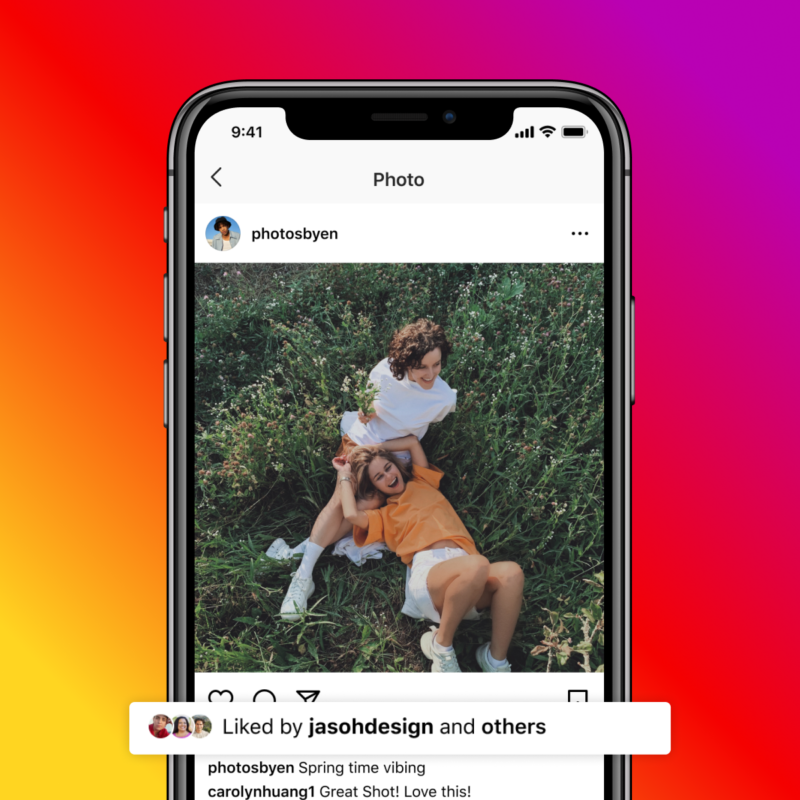Instagram’s new monetisation features will blur advertising lines
As the industry inflates to $13.8 billion later this year and The Australian Consumer and Competition Commission (ACCC) tightens up its regulation of the creator economy, Alpha Digital’s Sofie Spelta explains why brands still need to be authentic and transparent in their approach to influencer marketing.
Mark Zuckerberg’s appearance at Instagram’s inaugural Creator Week indicates just how important courting influencers is to the company. His recent incentives will make it easier for influencers to make money on the platform, while also making brand partnerships easier and potentially more profitable.
Influencers are going to gain access to a new suite of tools to build a shopping platform on their Instagram accounts. These include a native affiliate tool which allows influencers to earn commission rates set by brands, the ability to link their shop to their personal Instagram accounts, and new ways to earn extra cash and Badges when they hit key milestones.
While the changes are enticing for influencers, they also put them more into a retailer or micro-marketplace box. This creates new dynamics in the relationship between brands and influencers, as well as regulators.
Everyone’s a shopfront
Facebook claims that it is not taking a cut on these deals until 2023; wisely developing greater value on the platform before it drives home any advantage. In the meantime, influencers will become like micro-marketplaces, able to share curated products from a number of brands that align with their personal style and tastes.
While we are yet to find out the qualification requirements to access these features/badges, they should lower the barrier to entry for both brands and marketers. They will open up the career paths for many more micro-influencers; while smaller brands with less sophisticated website experiences will have the ability to sell using an influencer’s reach. Those with an engaged following will soon be able to demonstrate it, as it will also be easier for marketers and influencers to connect, track and analyse performance.
Will regulators ask for full disclosure?
Brands need to be savvy in how they approach the new relationship dynamics and expanding creator economy. There have been a number of headline examples where influencers’ posts have failed to disclose a relationship with a brand by including the #ad and breached the new distinguishable advertising rule introduced by the Australian Association of National Advertisers. It’s natural that the AANA Code of Ethics’ rules around distinguishable advertising may be updated as brand-influencer relationships again become more profitable, and marketers are going to need to stay tuned into updates to ensure that they are meeting the requirements for transparency. Otherwise they run the risk of being the next brand pinged for yet another advertising breach.

Transparency and trust
The distinguishable advertising rule requires influencers to call out paid ads, and the introduction of shop fronts to their accounts will put the sponsored nature of their posts front and centre. Purchases will also be more trackable, which might make the creator economy easier to measure, regulate, and monitor. The challenge and opportunity for marketers is to ensure that influencer content still feels authentic and brand-aligned.
To what extent will influencers also start selecting products to promote based on commission rates rather than actual affinity when the new monetisation features are thrown into the mix? Trust is the key to audience engagement, so authenticity needs to shine through any promotions and marketers need to take care.
The magic of influencer marketing will continue to lie in preselection of the right influencers. The promotion of a brand’s product has always lied in the influencers hands as soon as it is shipped out, as influencers are responsible for the relationship they build with their audience. Now, as influencers develop their own curated shopfronts, stocked with their pick of brands (or should we call them suppliers now?) they will want to have even more control over how they promote products.
Use hard selling lightly
The new features enable brands and influencers to form more collaborative relationships via the platform; making campaigns more attributable and in essence closing the ‘influencer loop’. So far, brands have typically offered product or financial rewards for promoting their wares without having a direct connection for tracking purchases.
While this ability to clearly track purchases and performance will be a valuable asset in any marketer’s armoury, it’s worth remembering that not all goals should be focused on performance marketing and ROI. Tapping into the relationships that influencers have with their followers should still help brands to build awareness and affinity, and just because you can’t measure it entirely doesn’t mean it’s not having an impact.
Monetisation will impact the relationship dynamics between brands and influencers, and we expect that regulators and followers will be watching closely.

Sofie Spelta is the social specialist at Alpha Digital.


